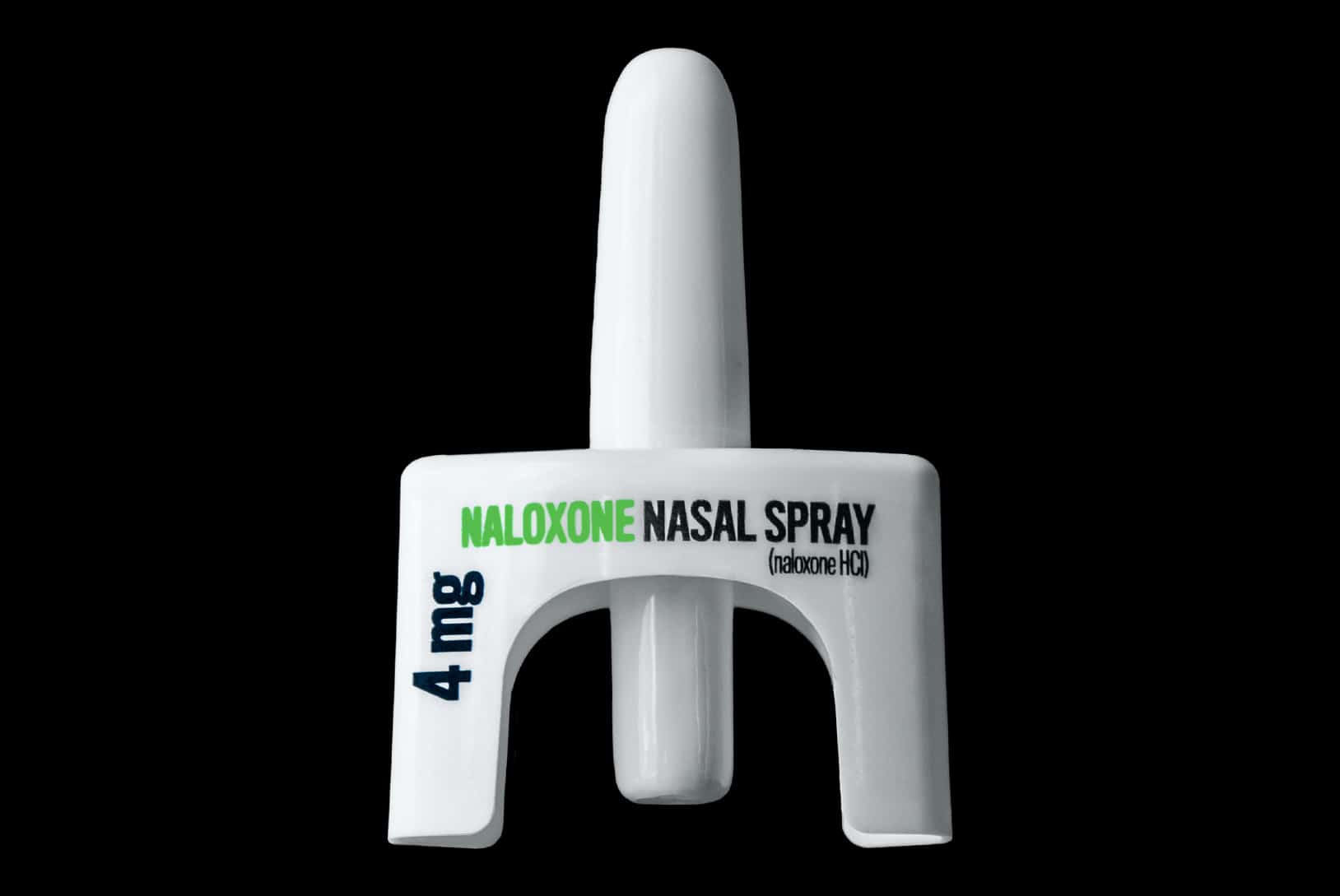The Food and Drug Administration has approved the first over-the-counter (OTC) naloxone product, waiving the prescription requirement and with it the final regulatory barrier to broader access. It did so for just one company’s naloxone, when it could have done it for all of them.
In December 2022, the FDA accepted an OTC application from Emergent BioSolutions, which manufactures Narcan—the branded, significantly more expensive version of generic naloxone. It was the first time the agency granted a prescription-to-OTC application Priority Review, and in February the advisory committees that heavily influence FDA decision-making voted unanimously in favor of approval. As anticipated, approval was announced March 29, the FDA deadline as required by the Prescription Drug User Fee Act.
Over the past 15 years, state-level standing orders have made naloxone available in pharmacies in all 50 states, DC and Puerto Rico, without the need to present the pharmacist with a prescription. In many ways this has rendered the prescription itself a sort of vestigial organ, but as a prescription-status drug naloxone has been kept behind pharmacy counters like other controlled substances. Customers have to approach the pharmacist and ask for it, after which the pharmacist doesn’t necessarily have to give it to them.
As an OTC product, naloxone can be stocked on pharmacy aisle shelves alongside other nonprescription products like aspirin or Benadryl. But this doesn’t mean that much in the context of the overdose crisis, because very few people who actually use naloxone get it from pharmacies.
For individuals paying out of pocket, a two-pack kit of nasal spray Narcan can cost $150. People who access naloxone this way often mean well, but are rarely connected to drug-user communities and seldom in a position to reverse overdoses.
Emergent’s OTC Narcan will likely cost somewhere around $47.50 for a two-pack, the public-interest price for many state-funded syringe service programs and other bulk distributors. It might even be higher than the public-interest price, after pharmacy markups. It might drop much lower, to undercut the competition—if and when the competition is actually approved.
It’s not clear how the decision will affect similar-looking 4 mg naloxone products on the market.
Multiple other pharmaceutical companies manufacture naloxone products, including Pfizer, Teva, Sandoz and Hikma. In late January, an advisory committee meeting to evaluate a second OTC naloxone application, submitted by Harm Reduction Therapeutics, was scheduled for March 20. But in early March the FDA abruptly canceled the meeting, stating only that it was “no longer needed.”
In the hours before Emergent’s OTC approval was announced, sources close to the situation told Filter that even though the FDA will likely approve more OTC applications from other companies, it’s still not clear how Emergent’s approval would affect other companies’ similar-looking 4 mg naloxone products currently on the market.
“The timeline for availability and price of this OTC product is determined by the manufacturer [and] may take months,” the FDA stated in its press release announcing the decision. “Other formulations and dosages of naloxone will remain available by prescription only.”
The FDA has long communicated its intentions for naloxone access through veiled hints rather than plain statements, but it’s broadly understood that the agency has the power to force a prescription-to-OTC switch for all naloxone products. That OTC applications are being filed one at a time is less a sign of pharmaceutical companies taking the initiative than of the FDA’s continued choice not to act.
In some ways, OTC approval will reinforce the false supremacy created around Narcan.
Though Emergent manufactures one of harm reduction’s most critical and recognizable products, the company has never shown interest in the community, even during the catastrophic affordable naloxone shortage that spanned April 2021 to May 2022. In some ways, OTC approval will reinforce the false supremacy Emergent has created around Narcan, despite generic naloxone being cheaper, more efficient and more humane.
The FDA’s decision does not mean that naloxone is now fully accessible, because it doesn’t directly lower the cost—which has always been the bottom line for true naloxone liberation. However, it will have impacts more tangible than just being an abstract net positive for harm reduction policy.
Without a prescription, naloxone can be sold in non-pharmacy places like gas stations and grocery stores. State-level legislation that would require public and private insurance to cover OTC naloxone, pending FDA approval, can ostensibly move forward. In the short term, the greatest impact will be felt in states where “layperson distribution” is not authorized, like Alabama. Over time, it will hopefully mean that once more companies’ products are switched to OTC, competition will lower the price.
Photograph via Centers for Disease Control and Prevention




